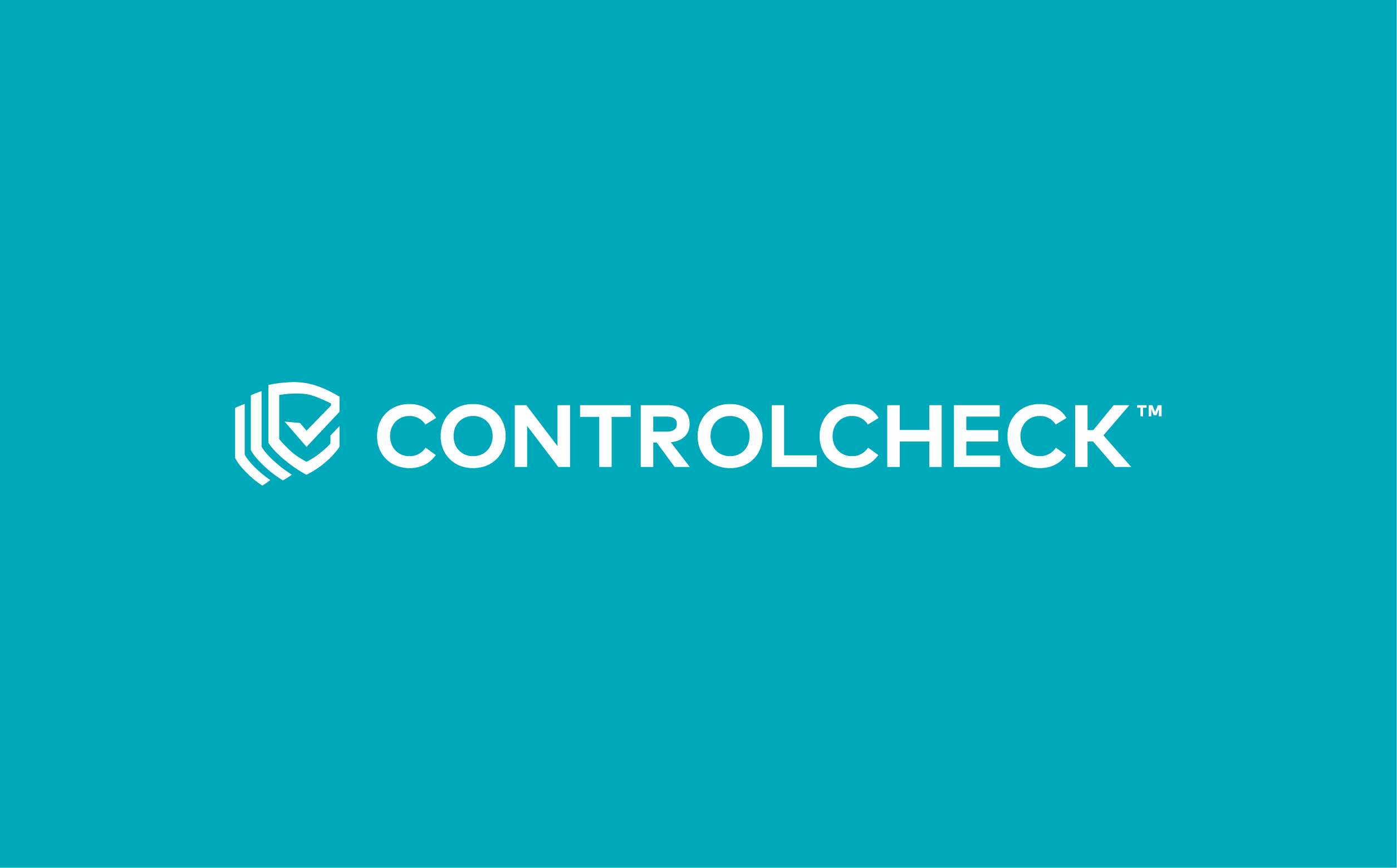By: Doug Zurawski, Pharm.D.
Drug diversion is any act or deviation that removes a prescription drug from its intended path from manufacturer to patient. Diversion can come in many forms and continues to be an ongoing issue in the healthcare space. The U.S. Substance Abuse and Mental Health Services Administration (SAMHSA) and the American Nurses Association (ANA) suggest that approximately 10% of health care workers abuse drugs.
Aside from the risk to patient and staff safety, drug diversion comes at a heavy cost. Just this month, a hospital in Oklahoma City paid $120,000 in fines to the Drug-Enforcement Administration (DEA) .
These monetary costs do not include the time cost associated with a case of drug diversion, including the time spent providing the DEA with the information they may request, as well as the time it takes to resolve any other issues that may arise.
The approach to drug diversion has varied among hospitals. Some hospitals rely on paper records for drug requests and transactions, some use first-generation software solutions that take in records from automated dispensing cabinets (ADC), while others have built home-grown drug diversion solutions.
As cases of drug diversion make the headlines, hospitals are taking note and making diversion prevention a top priority. Kit Check’s 2021 Hospital Pharmacy Operations Report found the demand for controlled substance tracking has now outpaced ADCs as the number one initiative among hospitals.
A Next-Generation Solution.
A next-generation drug diversion solution, such as ControlCheck™, is a solution that not only integrates information from ADCs, but also from electronic medical records (EMRs). Before the integration between ADCs and EMRs, the cross-analysis of information was done manually. This process was time-consuming, inefficient, and often didn’t encompass the full range of analytics needed.
Without the inclusion of data from EMRs, solutions couldn’t accurately acquire the baseline of medication volumes to compare.
This can lead to “false flag” variances as practitioners in high-intensity units such as oncology or surgery may use higher volumes of drugs compared to their partners in other units.
A study found solutions that only rely on ADC reporting (such as first-generation solutions) often erroneously flagged clinicians who were not diverting. “False flag” reporting often leads to unneeded investigations that take time away from other priorities.
While many solutions exist on the market today, not all are created equal. While some solutions may use machine learning, next-generation solutions use much more complex AIs utilizing “unsupervised” versus “supervised” machine learning.
Supervised machine learning requires that you have confirmed cases of diversion and you label those cases to help train your models. We know that many diversion cases go either uninvestigated or unconfirmed. Unsupervised machine learning uncovers unusual and ever-changing patterns It continues to “evolve” its behavioral learning because drug diverters continuously find new ways to divert, and they always will.
Next-generation solutions allow for increased accuracy in identifying and preventing drug diversion.
Gaining Team and Leadership Support.
It is crucial entire clinical teams are involved in the process of choosing and implementing a drug diversion solution as solutions can only be utilized if leaders and staff are educated in what anomalous behavior looks like, “successful Drug Diversion Surveillance Programs are established through interdisciplinary collaboration”.
Some new technology initiatives are driven by dedicated diversion panels, others are driven by the Chief Pharmacy Officer or the Chief Nursing Officer.
Lately we have seen a trend in hospital systems purchases compared to individual hospital purchases. This has led to an increase in leveraging request for proposals (RFPs) for the decision making process. RFPs can help health systems get a holistic view of multiple drug diversion monitoring solutions. This allows the health system to compare and contrast, and choose the solution that is right for them.
Adopting new technology into the healthcare space is never an easy task; building and utilizing relationships with senior management is key. Having a good working relationship with senior nursing leaders and senior physician leaders is imperative to gaining support when looking to implement new software solutions, including next-generation drug diversion solutions. The decision to adopt a new solution or initiative cannot be made in isolation, and leveraging those senior management relationships becomes a valuable tool.
The Future of Drug Diversion Solutions.
The leap from first-generation to next-generation diversion solutions was monumental as the integration between databases had never been done before. It may be some time before we see another improvement as revolutionary. However, software will continue to develop and improve in incremental changes such as outpatient monitoring or tracking within the ambulatory space. Gaining visibility into these spaces would allow us to track things like outpatient controlled substance prescriptions by physician and by patient, areas that currently lack monitoring.
So, how is your current drug diversion program? An important first step to assessing if a drug diversion program is comprehensive is by completing an internal assessment, then teams can understand where their strengths and pitfalls lie.
Next-generation drug diversion software solutions are critical to preventing and catching drug diversion. ControlCheck helps bring item-level visibility into a hospital’s controlled substance inventory and highlights activity that may pose a risk for diversion, so patients can receive the standard of care they deserve.
Doug Zurawski, PharmD, is Senior Vice President of Strategic Accounts at BluesightⓇ. Doug has spent over 10 years on the provider side of healthcare in pharmacy leadership and education roles as well as over 10 years in sales and marketing, sales management, and product development in the healthcare pharmacy technology space.



